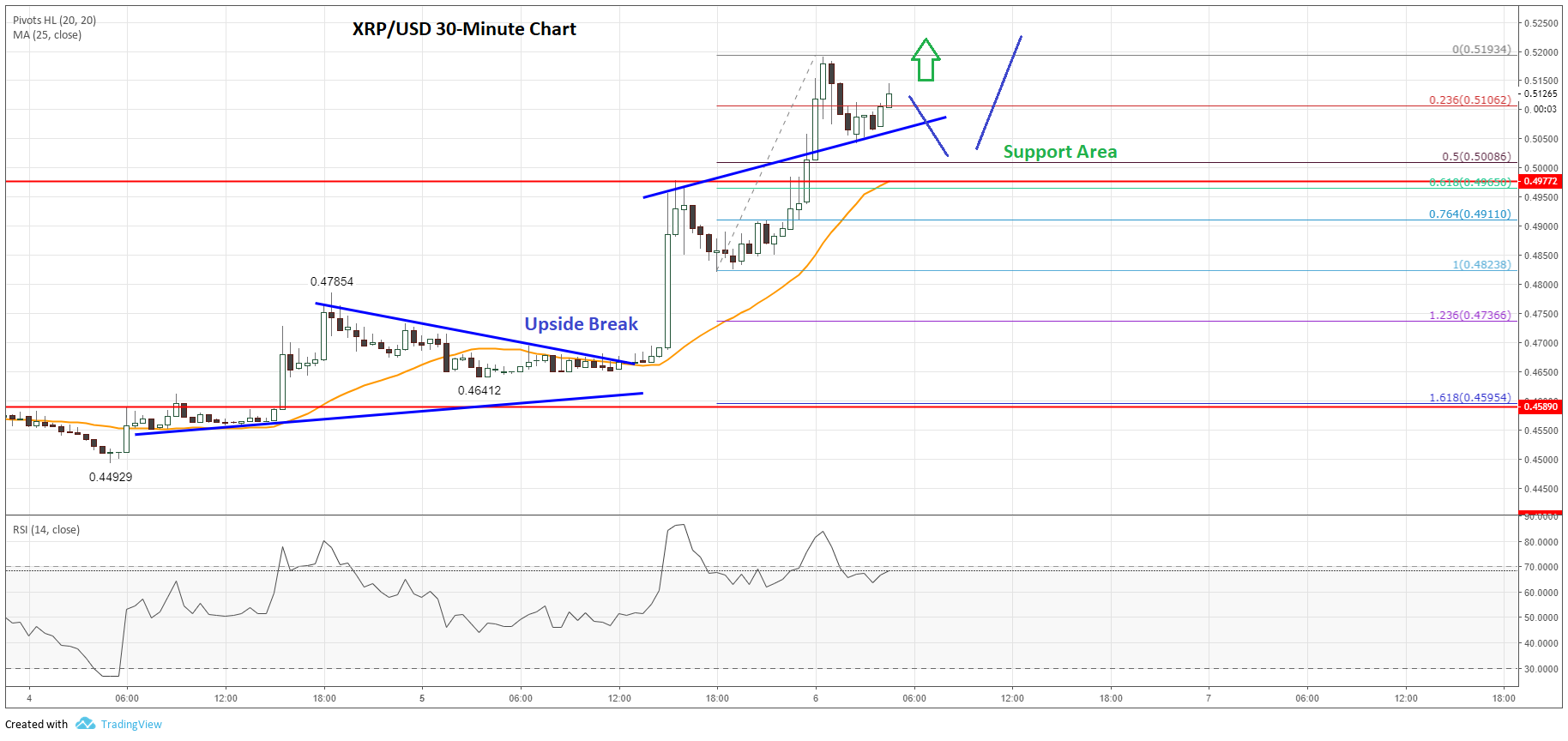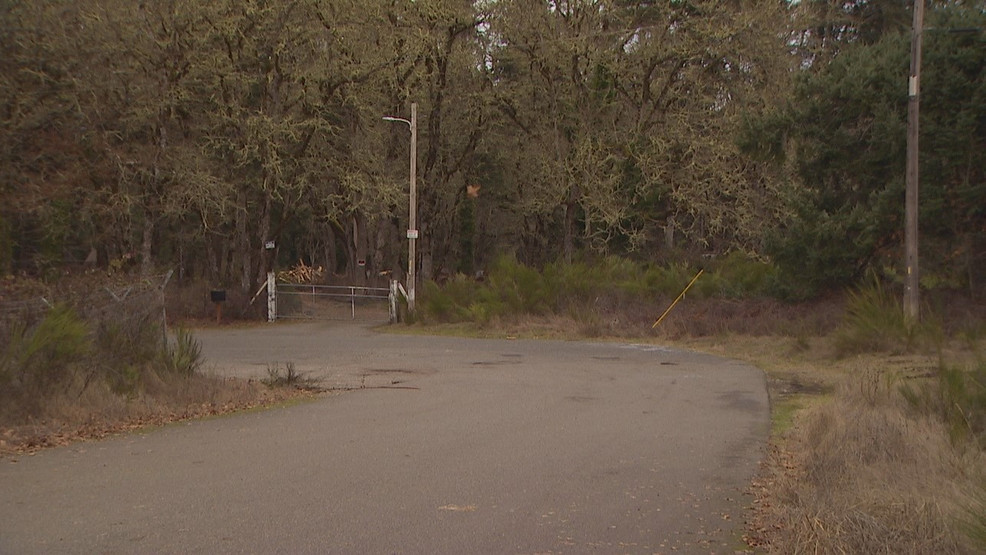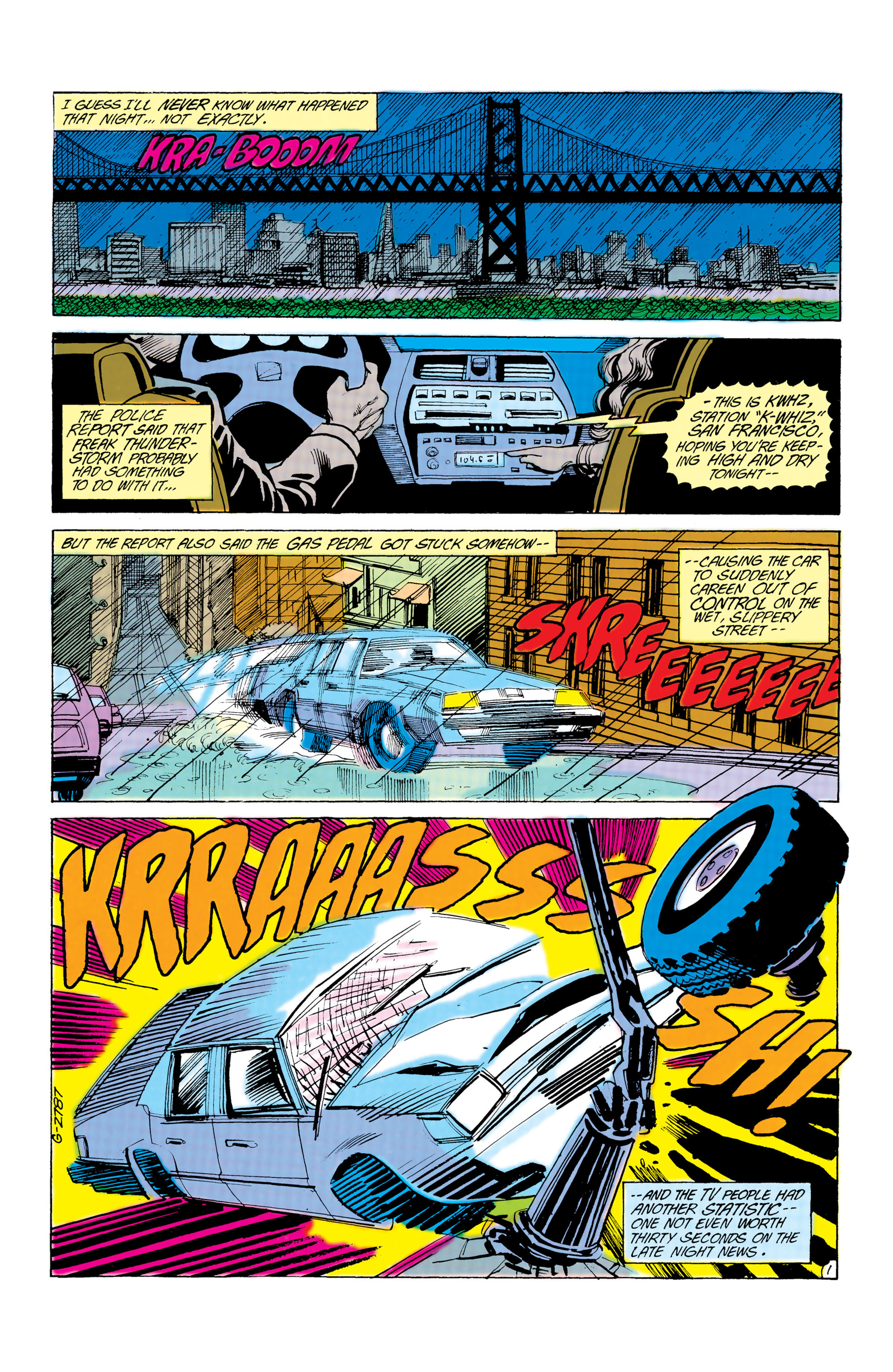Comparative Analysis: Hydrogen And Battery Electric Buses In Europe

Table of Contents
Environmental Impact
Greenhouse Gas Emissions
The lifecycle greenhouse gas emissions of BEBs and FCEBs differ significantly, depending on the electricity and hydrogen sources. BEBs' emissions are directly tied to the carbon intensity of the electricity grid powering their charging stations. Using renewable energy sources like solar and wind power drastically reduces their carbon footprint.
- Renewable energy integration: A high percentage of renewable energy in the electricity mix is crucial for minimizing BEB emissions.
- Grid decarbonization: The ongoing transition to decarbonized electricity grids across Europe is vital for the long-term sustainability of BEBs.
- FCEB emissions: FCEBs' emissions depend heavily on the hydrogen production method. "Grey" hydrogen, produced from natural gas, retains a significant carbon footprint. "Green" hydrogen, produced using renewable energy via electrolysis, offers a pathway to negative emissions, as the process can effectively capture atmospheric CO2.
- Tailpipe emissions: Both BEBs and FCEBs achieve zero tailpipe emissions, significantly improving local air quality.
Air Pollution
Both BEBs and FCEBs offer substantial improvements in air quality compared to diesel buses. Their zero-tailpipe emissions eliminate particulate matter (PM) and nitrogen oxides (NOx) directly from bus exhaust.
- Reduced respiratory illnesses: Lower PM and NOx levels translate to significant public health benefits, reducing respiratory illnesses and improving overall urban air quality.
- Improved quality of life: Cleaner air enhances the quality of life for urban residents, benefiting both citizens and visitors alike.
- Meeting air quality standards: Both technologies are instrumental in helping European cities meet increasingly stringent air quality standards.
Infrastructure Requirements
Refueling/Charging Infrastructure
The infrastructure requirements for BEBs and FCEBs differ substantially. BEBs require a network of charging stations, while FCEBs need hydrogen refueling stations.
- Charging station deployment: The existing electricity grid can support BEB charging infrastructure, although significant investment is needed to expand charging capacity in many cities.
- Hydrogen refueling station scarcity: Hydrogen refueling infrastructure is currently limited, posing a significant barrier to FCEB deployment. Establishing a widespread hydrogen network necessitates considerable investment in production, storage, and distribution.
- Scalability challenges: Scaling up hydrogen infrastructure poses considerable logistical and economic challenges compared to the comparatively simpler expansion of the electricity grid for BEB charging.
Grid Impact
Widespread BEB adoption could potentially strain electricity grids, especially during peak demand periods.
- Peak demand charging: Managing peak demand requires smart charging strategies and potential investments in grid upgrades or energy storage solutions.
- Grid stability: Effective grid management is essential to ensure the stability of the electricity network with increased BEB usage.
- FCEB grid impact: FCEBs have a less direct impact on the electricity grid but require significant renewable energy sources for green hydrogen production.
Operational Costs and Economics
Total Cost of Ownership (TCO)
The TCO of BEBs and FCEBs encompasses vehicle purchase price, fuel/electricity costs, maintenance, and infrastructure investment.
- BEB TCO: BEB TCO is influenced by battery lifespan and replacement costs, which can be significant over the vehicle's operational lifetime. Electricity prices also play a crucial role.
- FCEB TCO: FCEB TCO is affected by hydrogen fuel price volatility and the lifespan and replacement costs of fuel cell components. Initial vehicle costs are currently higher for FCEBs.
- Infrastructure costs: A significant component of the TCO for both technologies is the investment in charging or refueling infrastructure.
Subsidies and Incentives
Government subsidies and incentives play a crucial role in influencing the market adoption of both BEBs and FCEBs in Europe.
- Policy support variation: The level of policy support varies significantly across European countries, influencing the relative competitiveness of each technology.
- Incentive schemes: Incentives such as grants, tax breaks, and reduced purchase prices can significantly reduce the initial investment costs and encourage wider adoption.
Operational Performance and Suitability
Range and Refueling/Charging Time
Range and refueling/charging times are key operational parameters impacting suitability for different routes and urban environments.
- BEB range and charging: BEBs generally have shorter ranges than FCEBs but benefit from faster charging times. This makes them suitable for shorter routes with frequent charging opportunities.
- FCEB range and refueling: FCEBs offer longer ranges and quicker refueling times, making them suitable for longer routes and applications where downtime for charging is a major concern.
Technological Maturity and Reliability
Both BEBs and FCEBs are continuously undergoing technological advancements.
- BEB maturity: BEB technology is currently more mature and widely deployed, offering greater reliability and lower maintenance costs.
- FCEB development: FCEB technology is still under development, but advancements in fuel cell durability and efficiency are improving reliability and lowering costs.
Conclusion: Choosing the Right Path for Green Public Transport in Europe
This comparative analysis highlights the strengths and weaknesses of hydrogen fuel cell electric buses and battery electric buses in the European context. The optimal choice of technology depends on several factors, including route length, topography, existing infrastructure, and the availability of renewable energy sources. Both BEBs and FCEBs play crucial roles in achieving climate goals and enhancing air quality in European cities. Further research, investment, and supportive policies are needed to accelerate the deployment of both technologies. Explore specific case studies in different European cities to gain a deeper understanding of the nuanced application of these crucial components of a greener future for European public transport. The future of sustainable public transport hinges on a strategic approach utilizing the strengths of both hydrogen fuel cell electric buses and battery electric buses.

Featured Posts
-
 Can Ripple Xrp Hit 3 40 Analyzing The Resistance
May 07, 2025
Can Ripple Xrp Hit 3 40 Analyzing The Resistance
May 07, 2025 -
 Who Wants To Be A Millionaire Fan Outrage Contestant Wastes Lifelines On Simple Question
May 07, 2025
Who Wants To Be A Millionaire Fan Outrage Contestant Wastes Lifelines On Simple Question
May 07, 2025 -
 Rip Skype A Retrospective On Its Visionary Approach
May 07, 2025
Rip Skype A Retrospective On Its Visionary Approach
May 07, 2025 -
 2000 Yankees Diary Of A Season 500 Mark Reached After Loss
May 07, 2025
2000 Yankees Diary Of A Season 500 Mark Reached After Loss
May 07, 2025 -
 Hqayq Mdhhlt En Jaky Shan Hyat Mlyyt Balmghamrat
May 07, 2025
Hqayq Mdhhlt En Jaky Shan Hyat Mlyyt Balmghamrat
May 07, 2025
Latest Posts
-
 Pierce County Historic Homes Transformation Into A Park
May 08, 2025
Pierce County Historic Homes Transformation Into A Park
May 08, 2025 -
 Demolition Of Historic Pierce County Home To Create Public Park
May 08, 2025
Demolition Of Historic Pierce County Home To Create Public Park
May 08, 2025 -
 160 Year Old Pierce County Home To Make Way For New Park
May 08, 2025
160 Year Old Pierce County Home To Make Way For New Park
May 08, 2025 -
 Dcs Batman A Brand New Beginning With Issue 1 And Costume Redesign
May 08, 2025
Dcs Batman A Brand New Beginning With Issue 1 And Costume Redesign
May 08, 2025 -
 Dc Comics Batman Gets A Reboot New 1 And Updated Suit
May 08, 2025
Dc Comics Batman Gets A Reboot New 1 And Updated Suit
May 08, 2025
